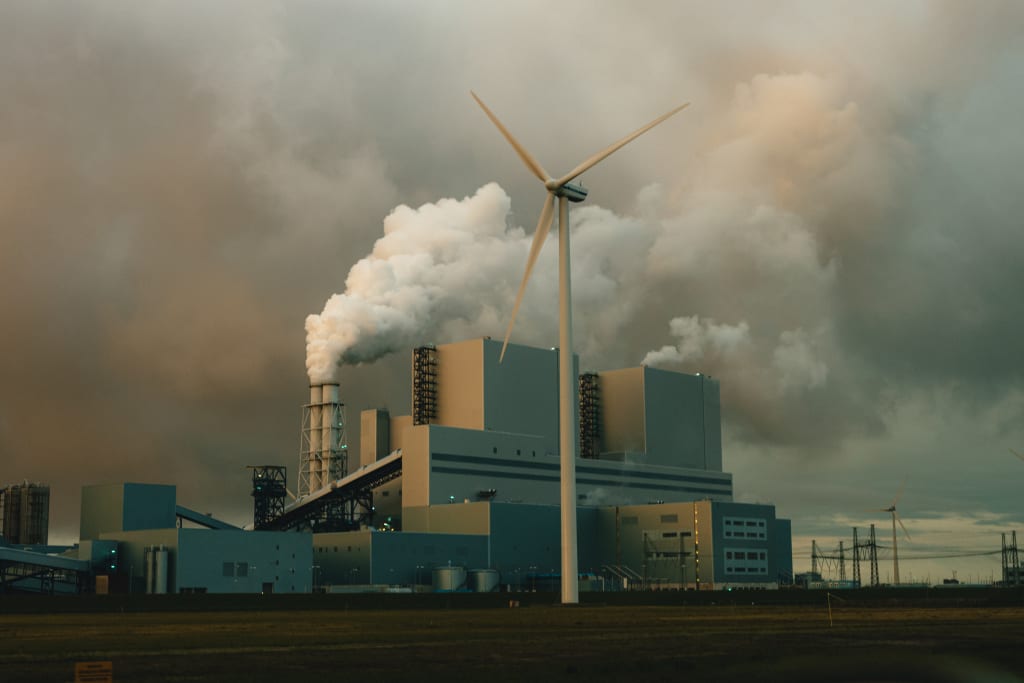As the global population continues to grow, urbanization becomes an inevitable phenomenon. While urban areas drive economic development, they also pose significant challenges to biodiversity. Balancing the needs of expanding cities with the conservation of natural ecosystems is crucial to mitigate the adverse impact of urbanization on biodiversity.
Habitat Fragmentation and Loss
Urbanization often leads to habitat fragmentation and loss, isolating wildlife populations and reducing the available space for biodiversity to thrive. The conversion of natural landscapes into urban infrastructure disrupts ecosystems, threatening the survival of many plant and animal species.
Pollution and Altered Ecosystems
Urban areas contribute to various forms of pollution, including air and water pollution, which can have detrimental effects on biodiversity. Industrial activities, vehicle emissions, and improper waste disposal alter ecosystems, impacting the health of plants, animals, and aquatic life.
Green Infrastructure and Sustainable Urban Planning
Addressing the impact of urbanization on biodiversity requires a paradigm shift in urban planning. Incorporating green infrastructure, such as parks, green roofs, and urban forests, can create interconnected habitats within cities. Sustainable urban planning practices focus on minimizing environmental impact and preserving green spaces.
Citizen Engagement and Conservation Education
Engaging citizens in conservation efforts is vital. Educating the public about the importance of biodiversity and the impact of urbanization can foster a sense of responsibility. Citizen science initiatives and community-based conservation projects empower individuals to contribute to preserving local biodiversity.
Biodiversity-Friendly Design and Architecture
Incorporating biodiversity-friendly design principles into urban architecture is essential. This includes creating wildlife-friendly corridors, implementing bird-friendly building designs, and utilizing native plant species in landscaping. These measures help mitigate the negative effects of urban development on local flora and fauna.
Legal Protections and Policy Frameworks
Government regulations and policy frameworks play a crucial role in safeguarding biodiversity during urbanization. Implementing zoning laws, protected areas, and regulations that prioritize conservation help strike a balance between urban development and the preservation of natural habitats.
Green Technology and Urban Sustainability
Advancements in green technology contribute to sustainable urbanization. From eco-friendly construction materials to energy-efficient buildings, technology can minimize the ecological footprint of urban areas. Smart city initiatives that leverage technology for efficient resource management also promote urban sustainability.
Collaborative Efforts between Stakeholders
Effective biodiversity conservation in urban areas requires collaboration between various stakeholders, including governments, businesses, NGOs, and local communities. Joint efforts can lead to the development of strategies that prioritize both economic development and biodiversity preservation.
In conclusion, managing the impact of urbanization on biodiversity necessitates a holistic approach that combines sustainable urban planning, conservation education, and technological innovations. By finding a balance between development and conservation, we can create cities that not only thrive economically but also support and protect the rich tapestry of life on Earth.

